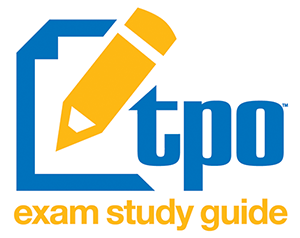Welcome back to TPO magazine's Exam Study Guide Series, which offers a pair of water/wastewater study questions with in-depth explanations of the answers. Last time, we covered a set of wastewater and drinking...
Exam Study Guide: Influent Wastewater Alkalinity; and Ion-Exchange Softening Plant Operation
Maintaining your education is important, especially in a career that demands licensing exams. Prove you’re an expert operator by answering this question and others from our Exam Study Guide Series.
Popular Stories
Discussion
Comments on this site are submitted by users and are not endorsed by nor do they reflect the views or opinions of COLE Publishing, Inc. Comments are moderated before being posted.






